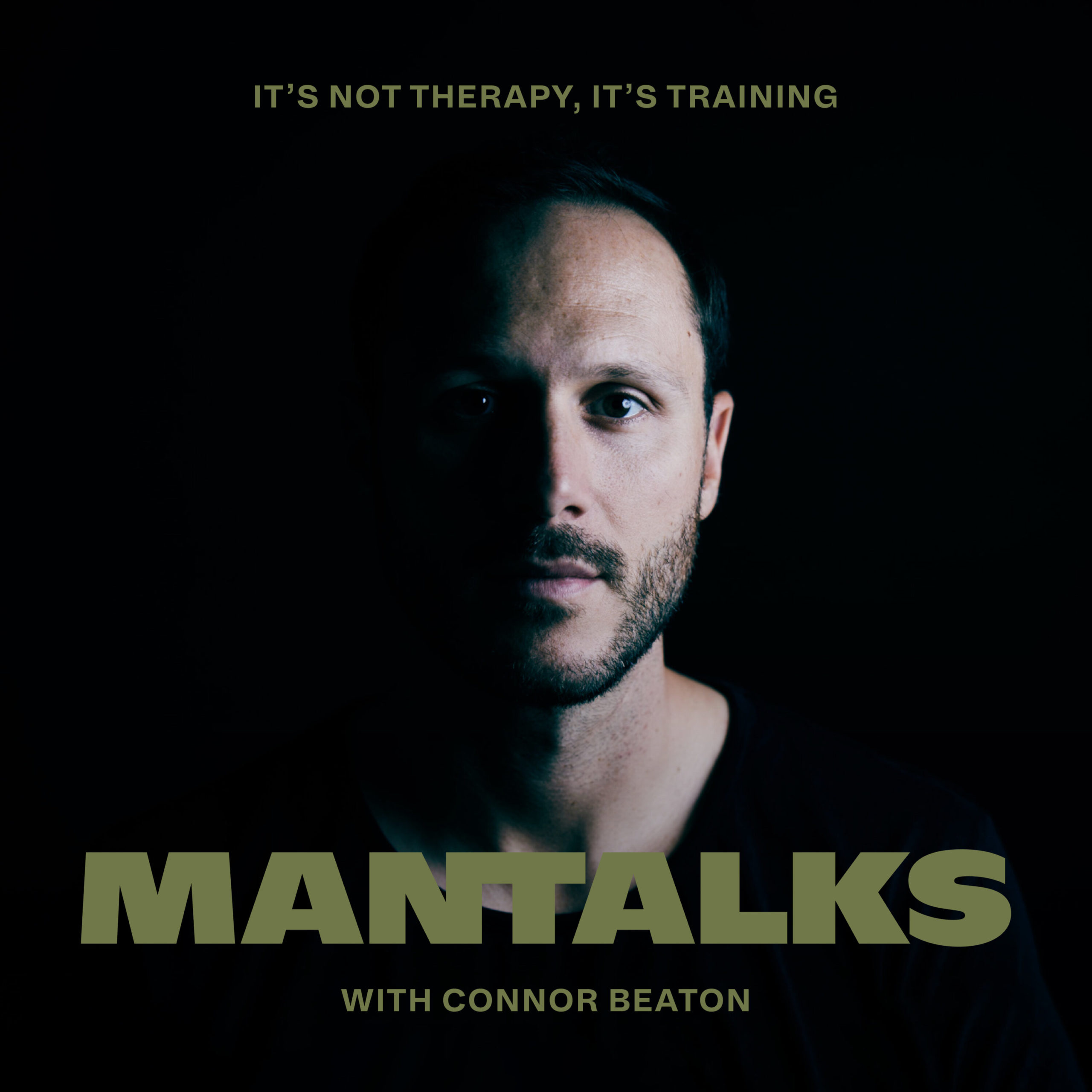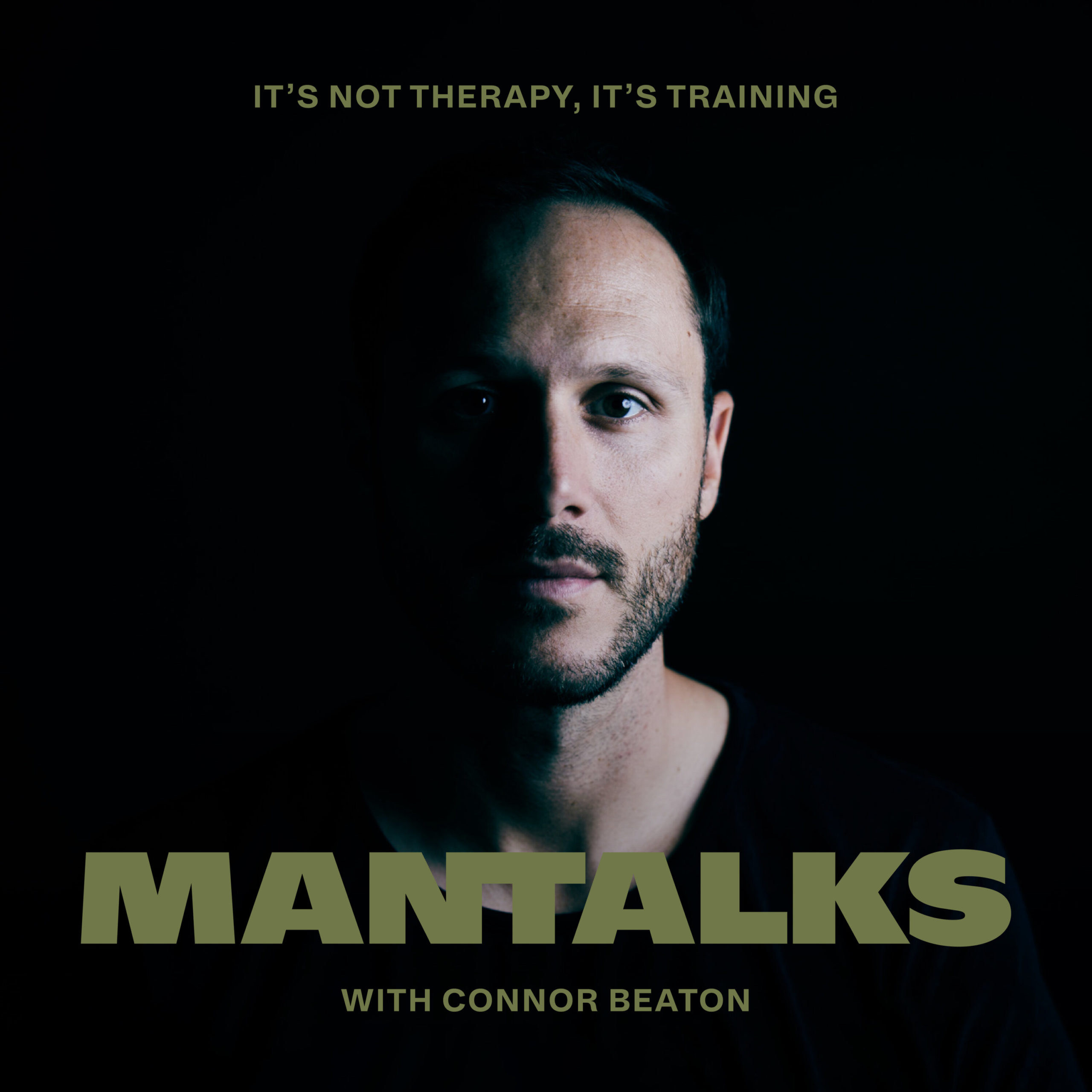Body language is a vital skill for life and relationship success. Benjamin Ritter explains how we can win at mastering the first impression.
Within moments of meeting someone, everything about you has been evaluated, summarized and labeled. Similar to the fight-or-flight response, this reaction is an instinctual, mental safety mechanism we call the the first impression.
“Just three seconds are sufficient to make a conclusion about fresh acquaintances” – Nalini Ambady, Professor of Psychology at Tufts University
A large part of having a successful approach with someone new is creating a positive first impression from the time you are noticed until the time you decide to leave. A successful approach has no minimum time limit, does not require intimate conversation, and doesn’t require “Mac Daddy pimping skills,” but it does require making a good first impression.
A. Barbour, author of Louder Than Words: Nonverbal Communication, found that an interaction is perceived through 55 percent body movements (mostly facial expressions), 38 percent vocal (volume, pitch, rhythm, etc), and only 7 percent verbal (words). Which is a much more of a quantitative version of the famous quote from American poet William Carlos, “It is not what you say that matters, but the manner in which you say it; there lies the secret of the ages.”
Body language includes every observable, non-verbal action such as, your position or proximity, facial expressions, eye movements, breathing patterns, and even perspiration. Body language conveys or reveals feelings to others. Understanding the body language of those around you and how to alter your own will heighten your awareness and self control in a variety of situations.
Learning how to interpret body language starts with simply paying attention to people throughout your day. For example, notice how people who are tired move slower, with slumped shoulders, rounded back and half-closed eyes. When people are excited, such as while watching a sporting event, they stand taller, walk with a bounce in their step, smile, have wider eyes, and are more emotive.
Relationships can also be analyzed through body language, revealing the stage, strength, and type of relationships. Through observation, you can start to see trends and learn to understand attractive and unattractive body language. There are five main characteristics of body language that lend an overall impression of attractiveness:
- Positive, confident posture (shoulders square, back straight and tall, shoulder-width stance, natural smile).
- Emotive, but relaxed hand and arm movements, staying near and below waist level.
- Steady and relaxed eye contact. Focus on a person’s eyes to help avoid fidgety eye movements.
- Breathing appropriate for the situation. For example, breathing fast and heavy should be reserved for strenuous and athletic situations.
- Understanding proximity based on social situations (the study of proxemics).
- Close (8-12 in.), highly personal.
- Near (12 – 36in.), friendly, social interaction within personal space.
- Neutral (4-5 ft.), most social gatherings and business transactions.
- Public distance (5- 8 ft.), more formal.
Applying these five attractive body language characteristics is the first step to increasing the chances of success when approaching and interacting. Successful approaches utilize these five general characteristics while incorporating a few others that focus on comfort and interest.
After approaching, it’s vital to be aware of the body language of the other person or people throughout the interaction and respond appropriately to his/her/their level of interest. There are eight main body language tips to consider before and during an approach that will help with success;
- Approach in a non-threatening manner (try to stay in his/her/their line of sight, apply non direct, or non-confrontational body language).
- Approach groups or individuals that indicate interest (eye contact, a smile, a nervous look away then back, he or she moving closer to you, dancing near you, a raised voice so that you can overhear their conversation, or previous contact from one of the individuals).
- Pay attention and utilize relationship dynamics. Focus on the obvious leader of the group who can bring you into the group, notice who to avoid and what topics to keep discussing or avoid (watch for interest/excitement or anger/discomfort). Are they good friends, strangers, couples, flirting? Pay attention to who is focusing on who, touching, undercurrents of admiration, positive feeling, or dislike. This also means recognizing the occasion, birthday, bachelorette party, etc.
- Confident, open body posture and proximity (as above). Remain at “near” to “neutral” proximity in the beginning of the approach, without leaning in. Keep drinks and arms from crossing across your body for open body posture.
- Display positive and fun expressions. Think positively, act positively, for yourself, for those you’re interacting with, and for those that are watching (with whom you may want to interact later).
- Pay attention to opening-up signals. During the approach, does he/she open up (uncrossing arms, orienting body toward you, decreasing social proximity, physical contact, eye contact, displaying instinctually vulnerable body areas such as the neck and wrists) or close off (does he/she cross arms, distance or turn away from you, avoid eye contact, and act nervous).
- Imply that you are not a stranger by treating everyone you approach like a friend you haven’t seen or heard from recently. Initially, you want to have “non-direct” and “neutral” body language. But as someone opens up and begins to feel comfortable with you, make minor, non-sexual physical contact, lower your voice and whisper something in near or close personal space, mirroring/matching body movements, while focusing on the person entirely.
- Do every movement 100 percent. Do not hesitate when you approach. Move your hands, eyes, lips, and every other part of your body with confidence. You have to commit completely to your movements to be interpreted properly and appear confident.
A good first impression also means making a good lasting impression. Other than leaving on a positive note, make sure to smile and appear to be having fun in any photos; they supply no other information except body language to create a first impression–and will be up on social media sites in no time.
As your experience with analyzing body language grows, your understanding of social situations from interpreting body language will improve. In the next article, Part 2, I will discuss the 38 percent portion of an interaction, voice.
Read More By Benjamin Ritter on the ManTalks Blog
The 11 Key Steps to Influence
5 Tips to Dramatically Improve Your Relationship
The 5 Areas of Your Life You Need to Go Phoneless
You Don’t Deserve Better, You Deserve to Be Better
__________

He has years of direct client, personal, and social experiences towards improving and solving internal development, dating, and relationship situations. For more information go to; http://www.benjamin-ritter.com.
[activecampaign form=5]




